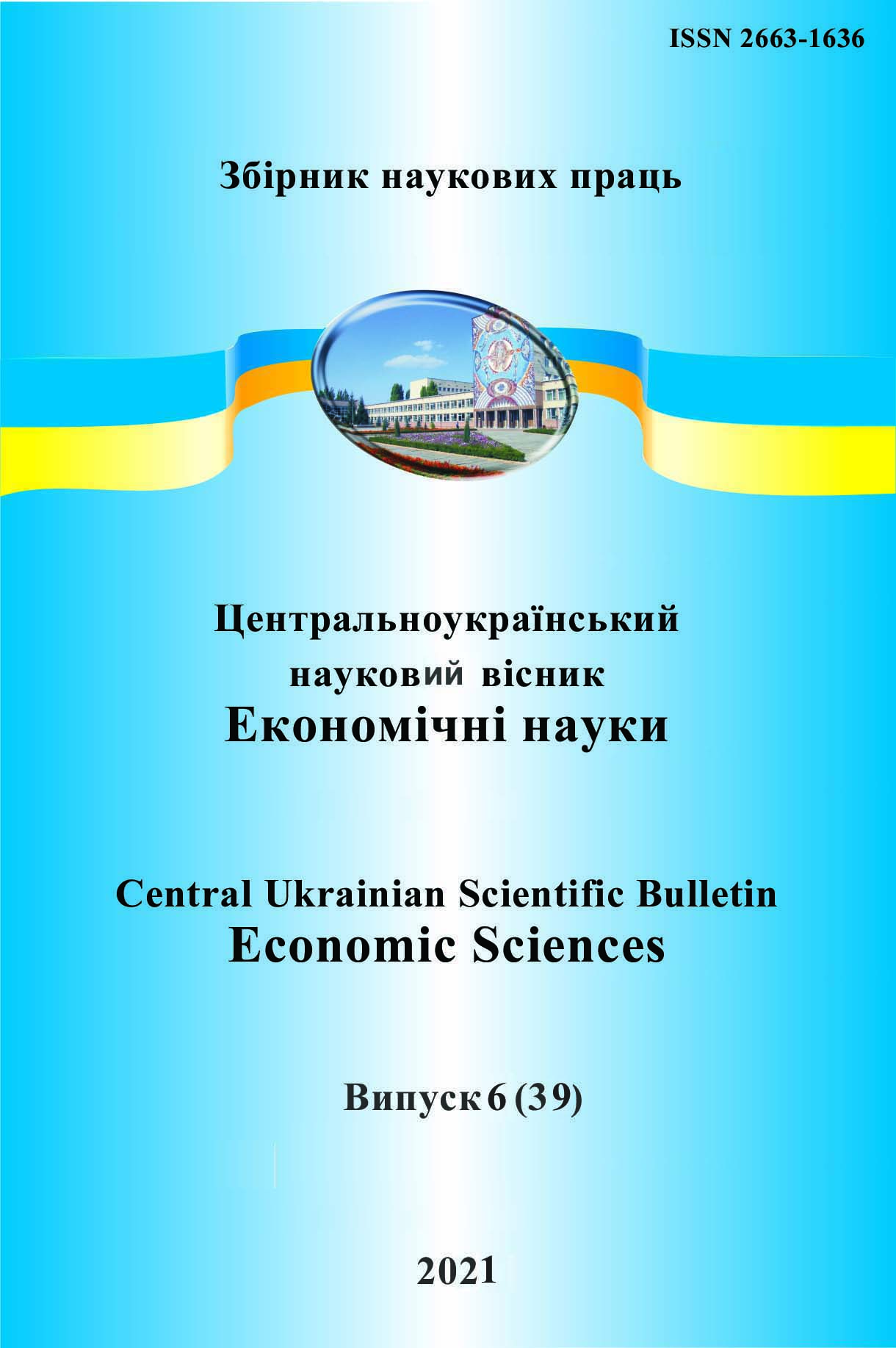Організаційні аспекти стратегічної перемоги в конкурентній боротьбі малих будівельних підприємств
Organizational Aspects of the Strategic Victory in the Competition Among Small Construction Companies
Author(s): Ihor Kharchenko, Oleksandr LizunkovSubject(s): Economy, National Economy, Business Economy / Management, Micro-Economics
Published by: Центральноукраїнський національний технічний університет
Keywords: cost of construction and installation work; strategy; differentiation of production; production scale; fragmentation; specialization; hopelessness; volumes; pricing; duration of construction;
Summary/Abstract: The purpose of the research is the search for the strategic steps to win the competition among small construction and installation companies in the market conditions, where the factors of scale and differentiation do not work. In order to achieve the aim the following scientific principles are used: the principle of applied targeting, system, dynamics, and the methods of observation, modelling, formalization, analysis, synthesis, mathematization and generalization within specific scientific methodology. It is a major problem to create serious stable competitive advantages for winning in the competition for the small construction and installation company. Creation of competitive advantages is based on the definite economic correlates. Thus the question arises what to base them on. M. Porter determined U-like dependence between the market share of the company and the level of the returns on investments. [Porter, p.60]. It made it possible to make a principally important conclusion about two types of strategies that achieve significant success: 1) differentiation 2) leadership in prices and expenses. Thus, it’s necessary to analyze the company market from the point of view of: possibilities for differentiation; presence of the economies of scale, which help to decrease expenses and price of the product. The new (updated) BKG matrix helps to find ways to solve the problem of creating competitive advantages. BKG defines four competitive fields. Competitive field where small construction company operates is called “frustration”, and according to the recommendations of the modernized BKG matrix, the factor of scale does not work here and differentiation is not appropriate. Among the recommendations for this field the most efficient, in our opinion, is the proposition to use factors of production the sphere of the largest return and to control geographical markets.Actual expenditures of the company depend to a considerable extent on the term of work performance among other factors. Having conducted the research, we defined the correlation between the term of work performance and their actual cost value. The research was conducted based on calculations of estimated costs of construction works with the help of the program complex AVK-5, taking into consideration the character of dependence of the cost value components on the terms of work performance. These correlations are presented in chart and graphic form. After analyzing the graph it is possible to determine how the estimated cost value will change when changing the terms of work performance and define the zone of minimal cost of work performance which allows to build the strategy for tenders and negotiations on construction costs and terms. Optimum zone is the zone of minimal variable costs, corresponds to normative duration of work performance. Upon the analysis of the received correlations and possible tasks of the construction company while conducting tenders we can suggest the following strategies of tenders’ conduction to a construction company: a) In terms of strict restriction of the costs of project implementation from the building owner; b) In terms of the strict restriction of the terms of the project implementation by the building owner; c) In case, when the subject of negotiation during tender are both term and cost of work performance.
Journal: Центральноукраїнський науковий вісник. Економічні науки
- Issue Year: 2021
- Issue No: 6 (39)
- Page Range: 267-281
- Page Count: 15
- Language: Ukrainian

